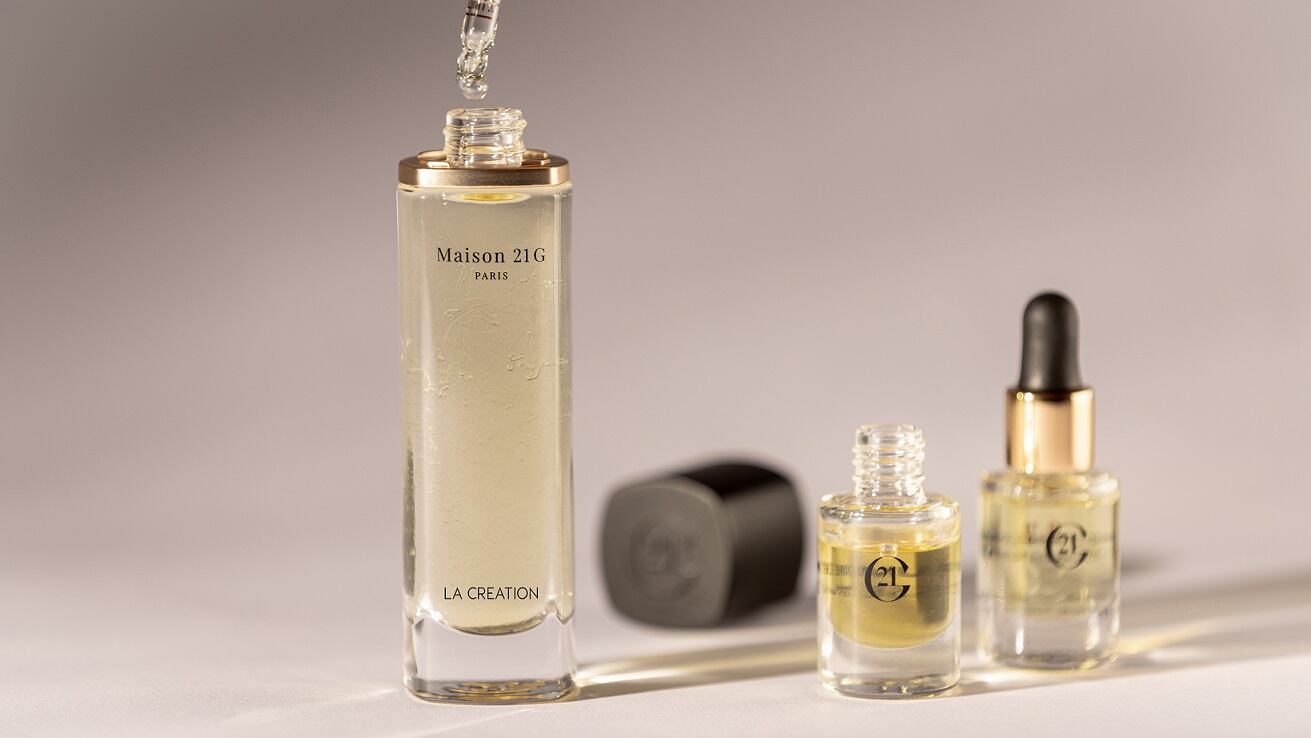With more concern for the environment, the race is on to find alternatives that do not deplete natural resources.
This is particularly tricky for the fragrance industry, which is known for using some of the most precious materials, from roses to sandalwood.
The industry has been able to turn to synthetic counterparts as an ethical and sustainable alternative to help alleviate pressure on delicate ecosystems.
However, like with other categories in beauty, consumers have a preference for natural ingredients, believing them to hold more prestige and artisanal appeal.
Fragrance house Symrise believes to have found a middle ground in its Garden Lab collection of fragrances derived from upcycled vegetable by-products.
“It’s about finding that balance between what technology can give us and what we can get from nature to create beautiful fragrances. Garden Lab fits perfectly in that middle because it's sustainable, it comes from upcycled food waste production but in the end, you have these beautiful smells that are interesting and natural,” said Clarissa Loureiro, head of marketing, fine fragrances APAC, Symrise.
The company believes upcycling might just be the next trend in fragrances. While artichoke, cauliflower, leek, asparagus, and onion may not be ingredients that inspire much romance, these new innovations resonate with major consumer trends in Asia Pacific, an important and fast-growing fragrance market.
“More and more we see niche fragrances on the rise, and directly connected to that, you want to find something that is unique to showcase your personality… And of course, the natural wave, the wellness trend and sustainability,” said Loureiro.
Already, niche fragrance label L’Artisan Parfumer has utilised cauliflower in its Tonka Blanc perfume.
If nothing, the exploration of upcycled ingredients could lead to unexpected olfactory treasures, where the familiar and the extraordinary converge to create scents that redefine innovation.
“Nobody wants to smell like an onion, but if you add a touch of it in the fragrance, it just creates something that is so unique,” said Loureiro.
The Garden Lab collection utilises its proprietary SymTRAP technology, an extraction method which has made it possible to produce fragrance ingredients from by-products of food.
The technology also allows the development of fragrance ingredients from fruit by-products. Previously, fruity fragrances had to be created synthetically as their scents typically cannot be extracted.
To find out more about upcycled fragrance ingredients, check out the video above.




